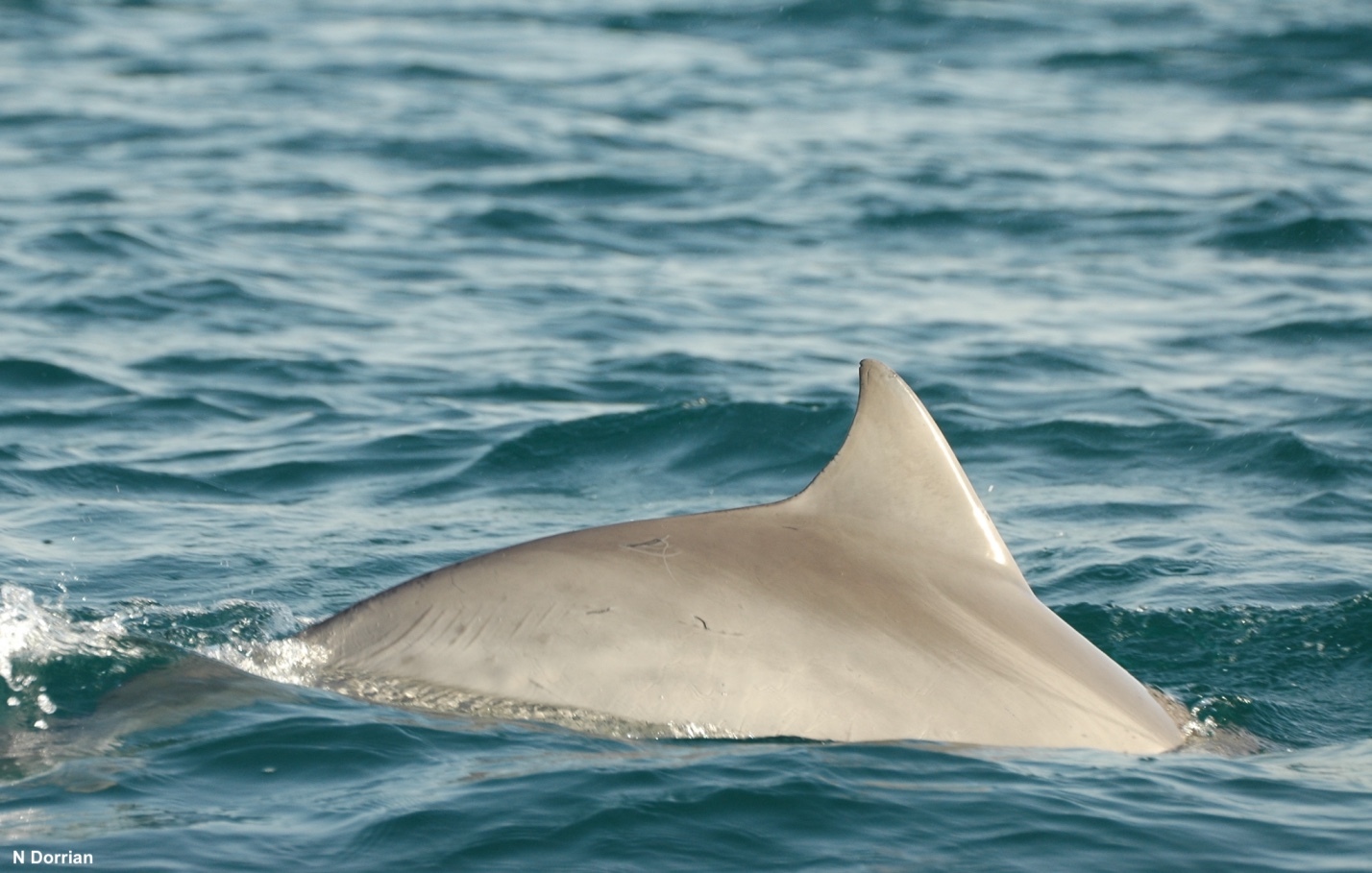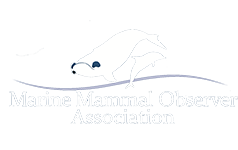
The Marine Mammal Observer Association (MMOA) is pleased to announce that new Important Marine Mammal Areas (IMMAs) have been approved! These IMMAs for the Northeast Atlantic and Baltic Sea have been released after countless hours of work and observations. The newly approved IMMAs represent the final result of a full-year process, including an intensive week-long scientific workshop assessing and presenting data on candidate IMMAs which were then submitted for peer review. They add to an expanding portfolio of global ocean regions that need urgent conservation measures for marine mammals. In this article, Patrick Lyne, a member of the MMOA Executive Committee discusses the importance of the IMMAs.
Concerns raised for endangered species and habitats in the North East Atlantic Ocean and Baltic Sea
The North East Atlantic Ocean and Baltic Sea (NEATLO) Region covers nearly a quarter of the Atlantic Ocean. Species-rich, the region offers essential habitat for feeding and migrating humpback, blue and fin whales. There is deep water habitat for Cuvier’s and other cryptic beaked whale species in the Canary Islands, Azores and Bay of Biscay, and other offshore waters in the region. Besides the prevalent common minke whales, harbour porpoises, common dolphins, Risso’s dolphins, common bottlenose dolphins and harbour seals; there are species endemic to the region such as the critically endangered and decreasing Baltic Sea harbour porpoises and the endangered Saimaa and Ladoga ringed seals. There are several populations of killer whales including the critically endangered Strait of Gibraltar subpopulation with only 39 individuals subsisting on bluefin tuna and lately disabling or breaking the rudders off small boats traversing the region.
IMMAs are defined as discrete portions of habitat, important to marine mammal species, that have the potential to be delineated and managed for conservation. The Northeast Atlantic and Baltic Sea IMMA required a week-long North East Atlantic IMMA workshop, held in Hamburg, Germany, in May 2023, which was supported by a grant from the Water Revolution Foundation. The meeting was organised by the IMMA Secretariat of the Task Force. The 53 workshop participants from 13 countries were drawn from the region’s top marine mammal scientists. They started by considering 395 preliminary Areas of Interest (pAoI). The pAoI selected to advance to candidate IMMAs were then defended with text supporting various criteria based on scientific evidence and detailed mapping along with a strong rationale for the boundaries chosen. After an extensive process by an independent review panel, the mapping of these areas is now complete.
At the same time, several candidate IMMAs from previous regional IMMA workshops have been re-assessed in recent months, leading to 6 areas reaching full IMMA status. As a result, a total of 39 new IMMAs have been added to the IMMA e-Atlas and are now available for download as shapefiles with associated information.
To date, 74.3% of the world ocean has been examined for IMMAs, with IMMAs comprising 13% of the examined area. IMMAs are divided into 57% within exclusive economic zones (EEZs) and 43% in international waters on the high seas. Globally, there are now 280 IMMAs and 185 Areas of Interest (AoI).
The IMMA work continues to move ahead to identify important areas in the western North Atlantic and Caribbean with a workshop in May 2024 to be held in Yucatán, Mexico. To discover more about IMMAs, visit the e-Atlas:
https://www.marinemammalhabitat.org/imma-eatlas/
Scientists and marine experts are now calling on governments to take action to utilise the IMMA tool in marine spatial planning, the creation of marine protected areas, and performing environmental impact assessments.


